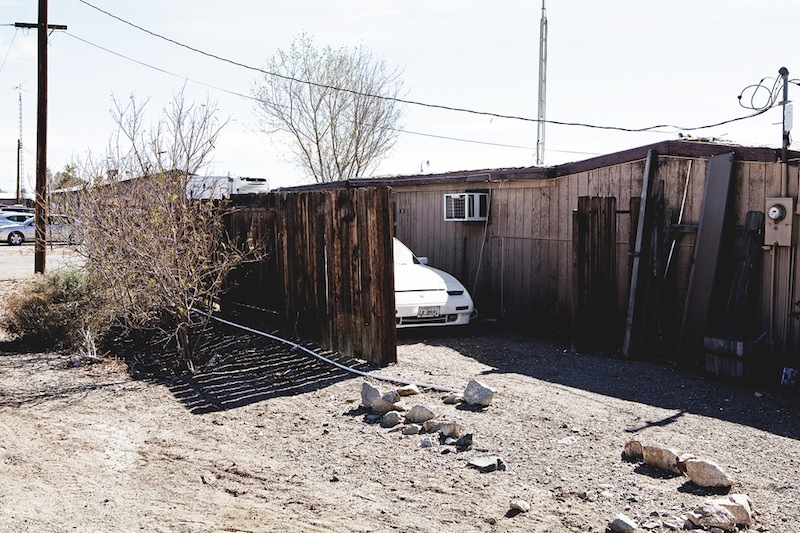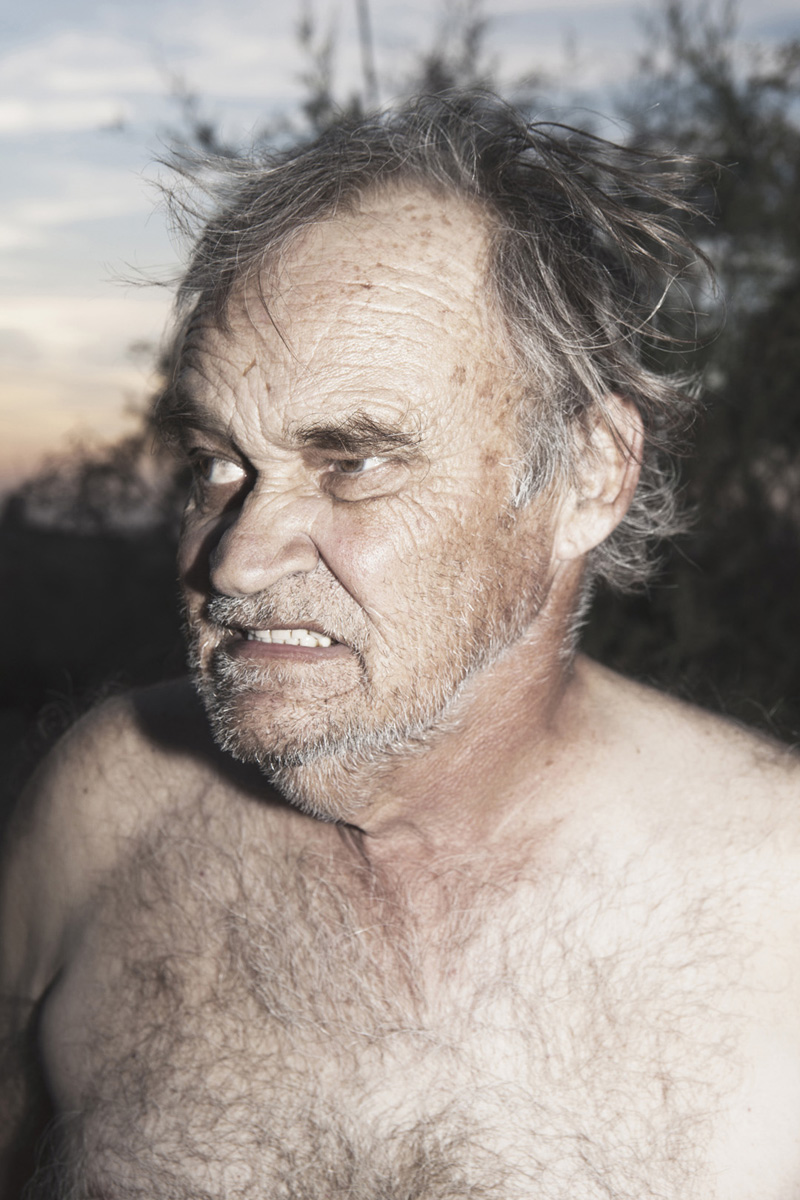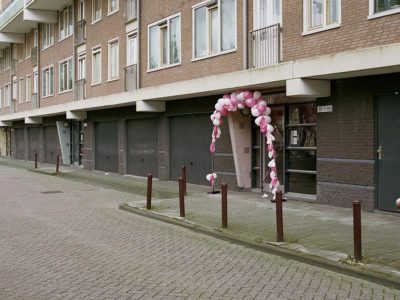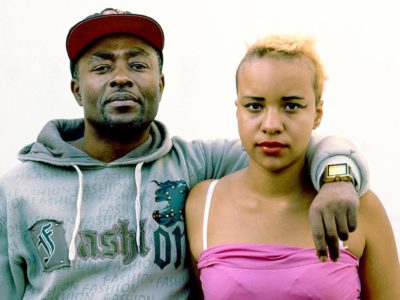Happy Nothing — Yurian Quintanas Nobel Explores The Dark Side of the Salton Sea Community

















During the early 1900s, the Salton Sink was nothing but a large desert area in the south of California. In those years, a system of irrigation canals was constructed in the region which received water from the Colorado River, with the intent of making the land fertile. In fact, a community of farmers established there and started growing their crops.
It wasn’t long before a heavy rainfall, poured over Colorado, swelled the river so much that the canals—badly engineered in the first place—couldn’t contain the water: the farms were inundated, and the Salton Sink became a lake in the middle of the desert, now known as the Salton Sea. Today, the waters of the Salton Sea present high levels of salinity and pollution, making it nearly impossible for fishes to live in and dangerous for humans to take a bath, as a matter of fact.
Dutch-Catalan photographer Yurian Quintanas Nobel (awesome name, isn’t it?) visited the pepole living in the economically depressed area of the Salton Sea in February 2014. Looking at his photographs, a sense of damnation seems to persist in the area. What emerges from this captivating essay, called Happy Nothing, is something of a hell on Earth, hidden away in a Californian desert. Yurian himself had different expectations about this place, and was surprised by what he found:
“For a long time I had been thinking about going to the USA to make a project about the forgotten Americans, and finally I heard about the Salton Sea and the people living in this area.I was attracted to the idea of a community living a quiet life in the middle of nowhere, far away from the big cities and the crowds. But while working on my project, I had the feeling of being in a place full of mystery and secrets. People told me stories of crimes and warned me about some dangerous areas. Nothing strange ever happened to me, but I used this feeling to work the aesthetics of the pictures.”
Indeed, Yurian’s images describe a harsh, grim community, which his use of the flash even in daylight only emphasizes. Yurian also churned out a number of pictures—the bullets on the fractured soil, the crow perched on a wood trunk, the man immersing himself in dirty water, not to mention the extraordinary gallery of chilling portraits—that brilliantly punctuate the narrative. Happy Nothing is also available as a photoboook by Witty Kiwi—click here to buy.
“The desert represents decay and death. There is scarcity of water and shade, extreme temperatures and a lack of resources for humans to survive. But at the same time there is a long tradition of the desert as a place of healing, both physically and spiritually.
With the Californian desert as background, ‘Happy Nothing’ delves into the lives of its inhabitants and its secrets. Here is where ex-convicts, war veterans, retirees and people that for some reason have decided to stay outside of the society live. In these towns there is no running water, the houses are in ruins, the streets unpaved, without street lighting, there are no supermarkets or entertainment infrastructures. But despite living in this conditions, they call it the Paradise”.
Keep looking...

Afterparty — Jussi Puikkonen Photographs Party Venues After the Parties Have Ended

Inzajeano Latif Has Been Taking Portraits of the People of Tottenham For Over Ten Years

FotoFirst — Gender Shifts Are Terrifying American Straight White Men, Shawn Bush’s Photos Say

FotoFirst — Federico Vespignani Follows a Youth Gang of One of the World’s Most Violent Cities

Atsushi Momoi Uses His Computer’s Screensaver to Visualize How Memory Works

Sem Langendijk Documents The Squatters That Established Their Community in Amsterdam’s Docklands

FotoFirst — Michael Radford Researches the Visual Foundations of the ‘Machine of Whiteness’




